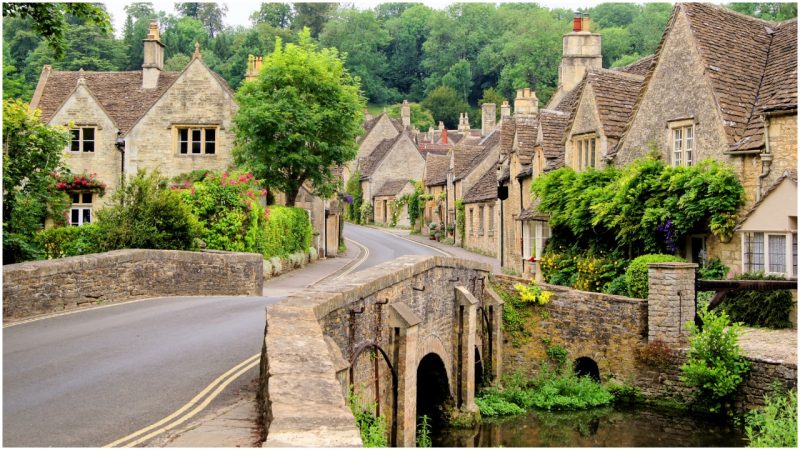From magnificent Gothic cathedrals and fairytale-like towns and villages to large fortresses that dot the landscape, England’s architecture of the medieval era offers a clear look back into history.
It was during this period that many of England’s historical sites and popular tourist destinations came to be. Certain unspoiled medieval towns and villages hold a very special place in English history and architecture, with Castle Combe being one of the most beautiful examples.
When you think of all those small medieval towns and villages throughout the country, many have the power to transport you back in time, but it seems that few can match the time travel powers of the tiny village of Castle Combe, which nowadays enjoys a reputation for being one of the most photographed places in England. It’s easy to see why.
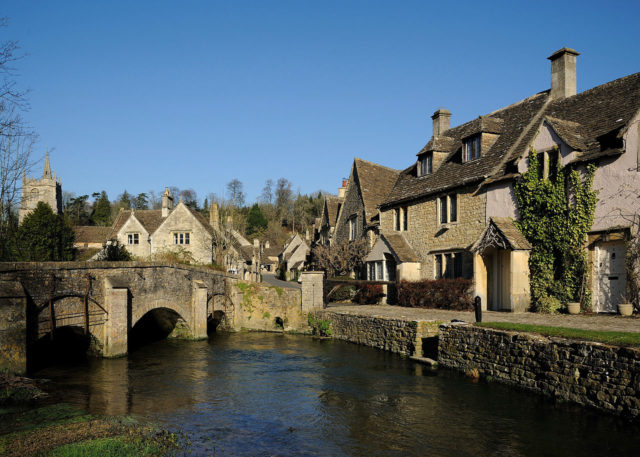
Also dubbed one of the prettiest villages in all of England, this perfectly preserved slice of medieval history and architecture looks like something ripped straight out of the pages of a folktale.
Situated about five miles northwest of the town of Chippenham in Wiltshire, this hidden gem has been welcoming history buffs and medieval architecture enthusiasts for quite a long time.
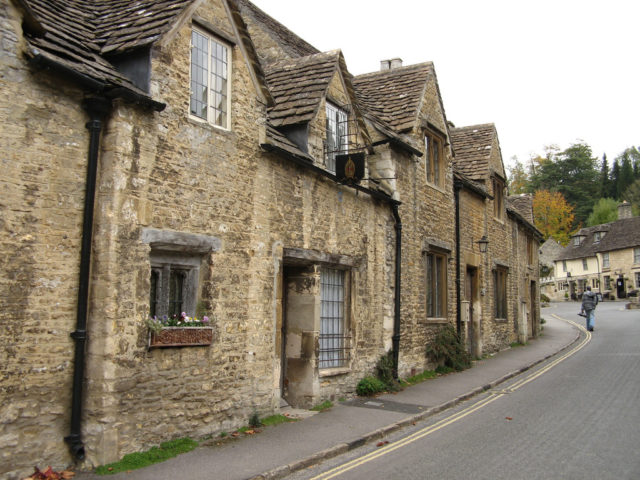
It is believed that the area where this picturesque village is situated was settled by Celts in ancient times, when the first fortification was constructed. According to most accounts, the village owes part of its name to a wooded hill and Norman bailey castle, of which little remains these days, though there are earthworks that show where it once proudly stood.
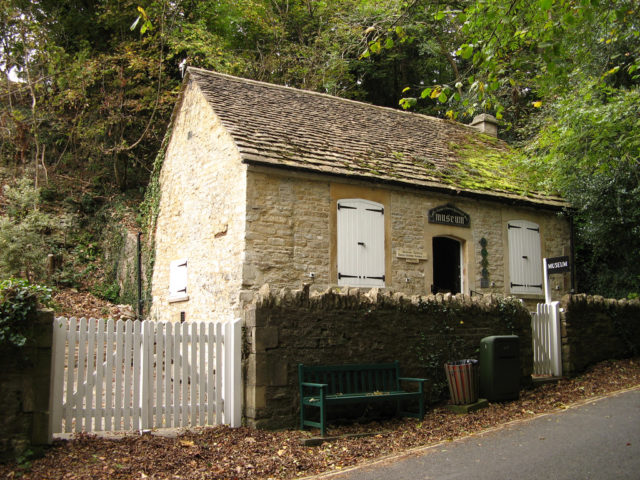
Sheep have roamed the hills of this area since ancient times and it is thanks to the development of the wool industry in the Middle Ages that Castle Combe established itself as one of the most important wool centers in the region.
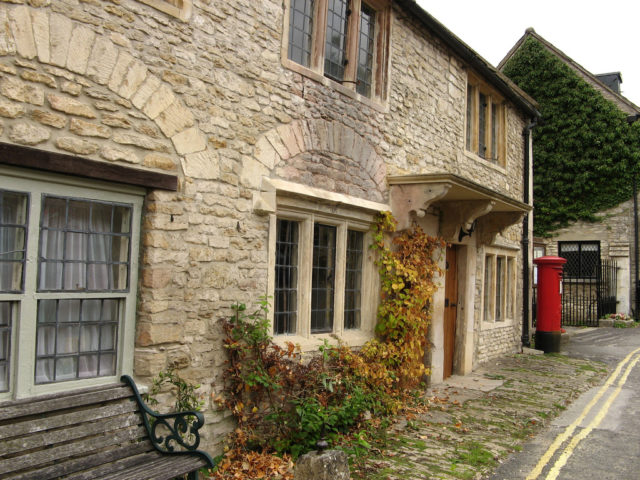
The village had its manorial fulling-mill since the first half of the 14th century and it soon became renowned throughout the country for its successful cloth-makers, whose work was praised in the great trade centers of the time, such as the City of London.
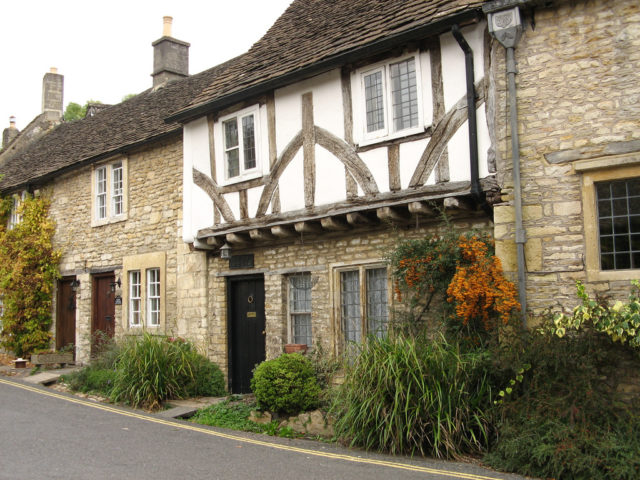
One of the most important landmarks and the epicenter of this adorable village is the imposing 14th-century market cross, established in the period when sheep and wool trade thrived at Castle Combe, and authorities permitted the village to have a weekly market.
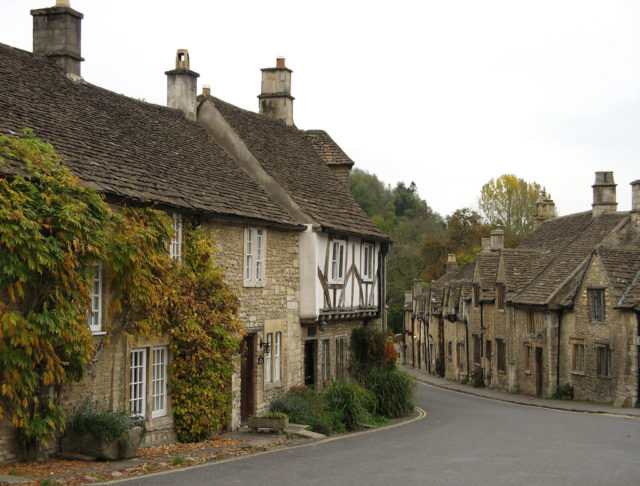
The old water pump, which can be seen today beside the market cross, also dates from the medieval period, when many of the traditional weaver’s cottages that can be seen today in Castle Combe were constructed.
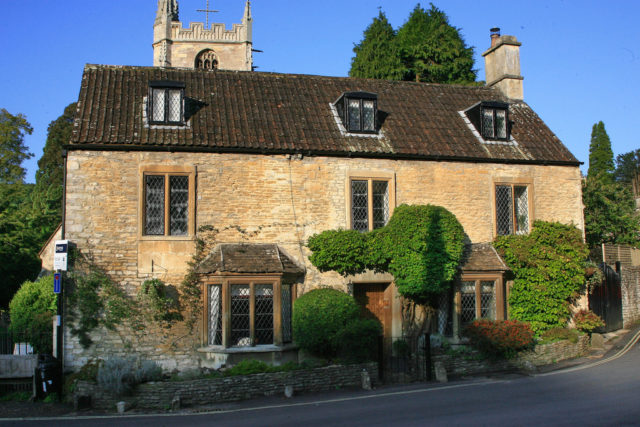
Another popular tourist destination in Castle Combe is the 14th century church of St. Andrew, which houses the Castle Combe Clock, allegedly the oldest English medieval clock still in use.
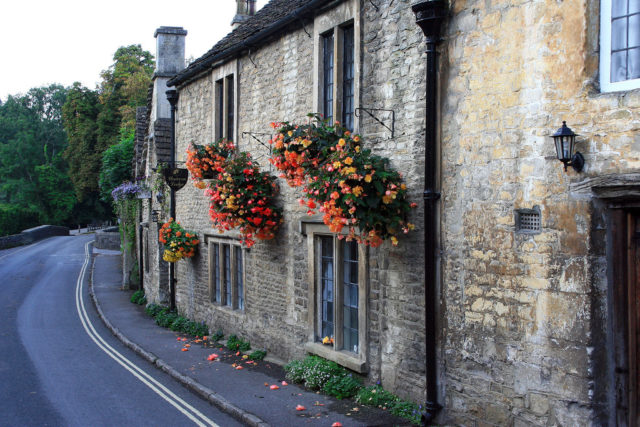
The most notable house in Castle Combe is the Dower House, which, since December 20, 1960, has been a grade II listed building. It dates back the late 17th century.
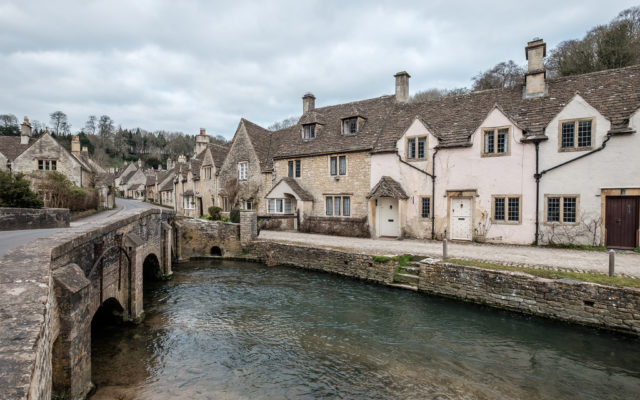
Another house worth mentioning is the Manor House, which dates back to the 14th century and served as the seat of the feudal lords of the manor. It is now turned into a charming five-star country hotel and golf club.
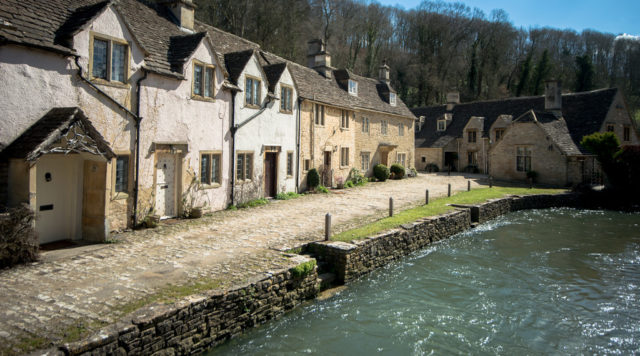
Over the past decades, the village has become a popular location for film crews, which increased its popularity. This more than perfect film set has been used in many major Hollywood films, including the 1967 filmed musical Doctor Dolittle, The Wolfman, and Steven Spielberg’s adaptation of War Horse.
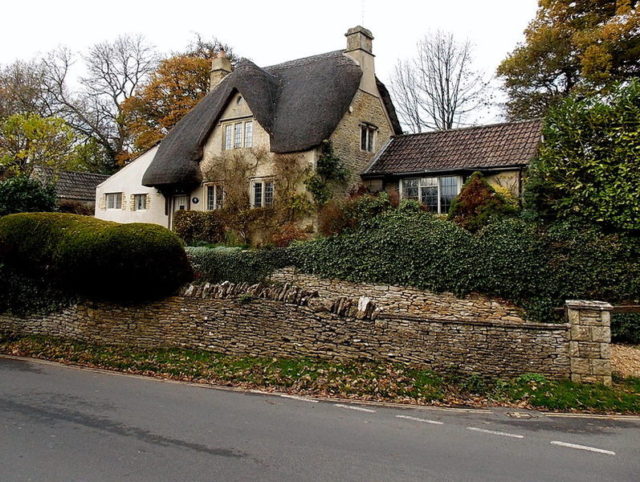
One of the most fascinating things about this place is that, to this day, it strictly bans any modern attachments to the exterior of the houses, including TV dishes and external wires.
This prohibition was instrumental in helping the historic medieval village to maintain its authentic appearance.
